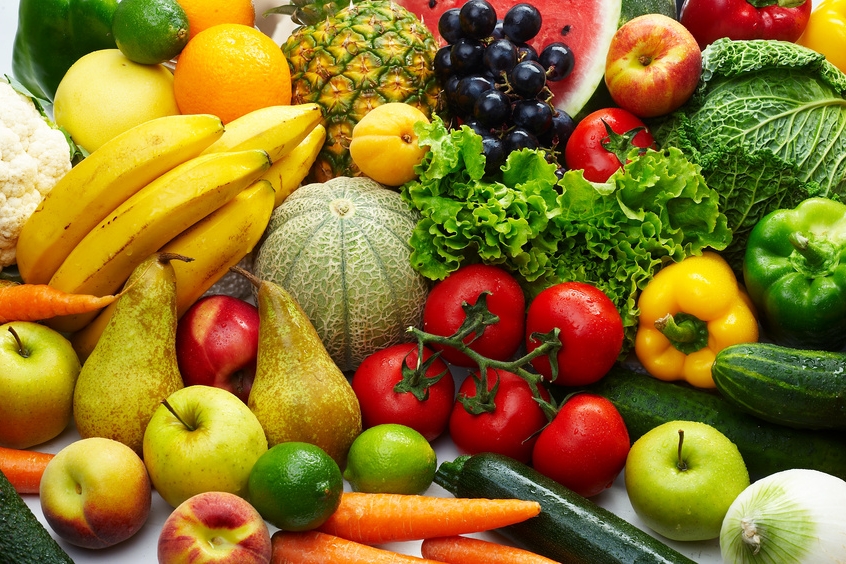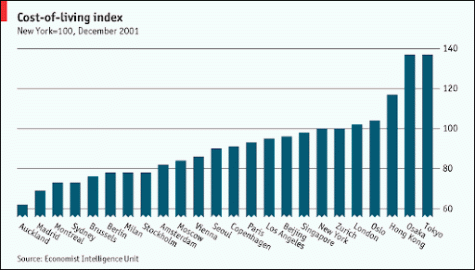Food: A Never-Ending Conversation
Food is something that we need in our daily lives to maintain energy and nutrition. However, the food that we eat and crave changes depending on our upbringing and the culture that we identify with. With the high level of diversity in the United States, each family makes different food and has a different flavor palette. Even when we do find families of the same culture, the ways the food is prepared is different depending on the family’s preferences.
Food can also lead to binding families together; cooking food together for a celebration is practiced in many different societies. Food also connects us to our culture because, as people immigrate to the United States, food is something that connects us to our home country. Food and flavor palettes are something that we can take with us, which is especially important to immigrants. These flavors and foods remind us of our home countries and keep us connected to our roots. The descendants of these immigrants grow up eating the foods cooked by their family. They also pass on the flavors that are preferred in their meals and the techniques used to cook the meals.
The food we eat can also have a connection to our religion. This comes into play because many religions use the practice of fasting during certain times of the year, either from all food or from some select foods. Some religions also have dietary laws which restrict which foods are eaten and how they are prepared. Religion can also control the way cultures eat meals and the practices that take place during meals and holidays.
Food is essential when getting ready for a celebration. It is also something for people to converse over. We can compare the foods we eat and how we prepare them, identifying which countries will have common foods, and which religions have different dietary practices.
Another quirky thing about food and culture is that, while different countries speak the same language, they sometimes use the same names for dishes, but make the dish completely differently. We see this with the traditional dish in Latin America, tamales. In the countries Mexico, Nicaragua, Colombia, Guatemala, Costa Rica, and Cuba, they all make tamales but there are differences from the filling to the wrapping of the tamales.
The great thing about our food and recipes is that we can always add new ingredients and different techniques. This is extremely helpful when preparing vegan and vegetarian diets, because those who prepare them can change recipes to stay as flavorful while meeting the specific dietary restrictions.








